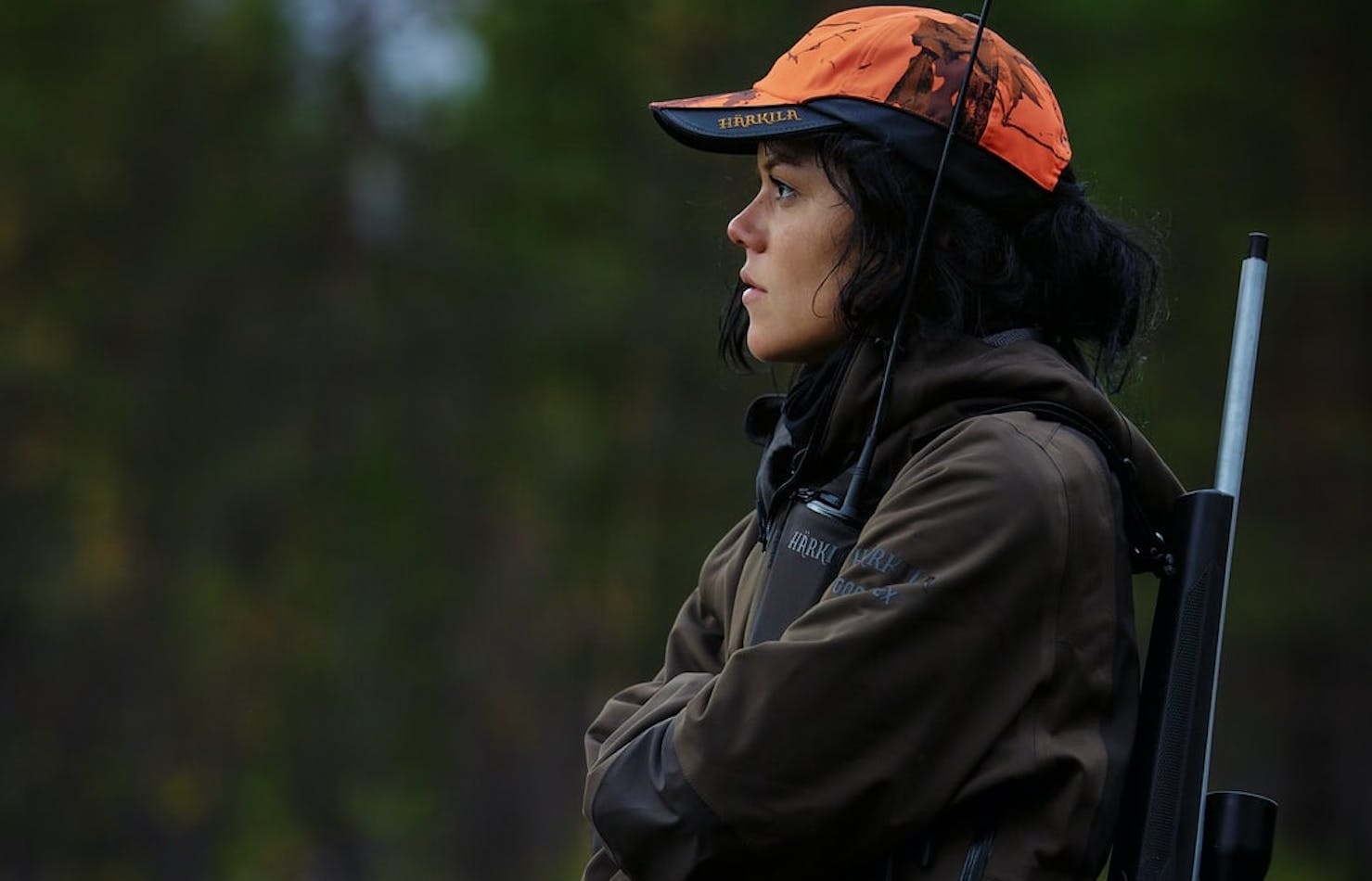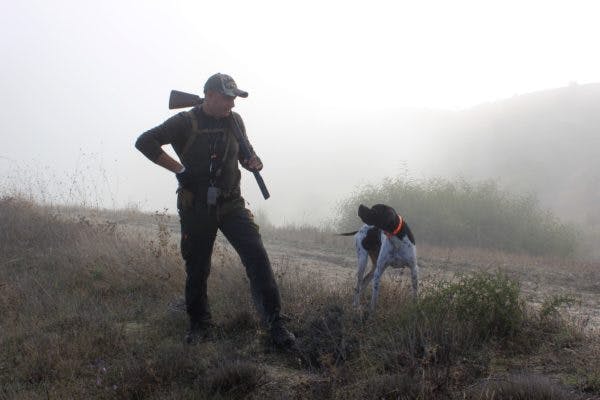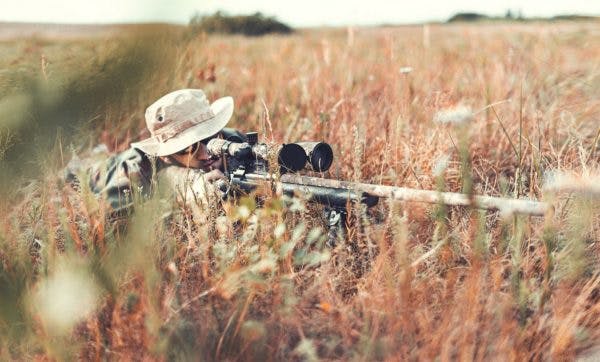
What to do After the Shot is Fired
For new and experienced hunters alike, the moments following letting an arrow or bullet loose can be filled with excitement and emotion. Firing a round at an animal is not a guarantee that you will be leaving with meat and increasing those odds is the subject of todays article.
Was it a clean shot? Did the animal expire quickly or move out of sight? Will it require a follow up shot? Will you be able to locate it?

This was the subject matter that I spoke about with Lindsay Ware of Science Dogs of New England in a recent podcast.
Lindsay and I discussed the need for a straightforward resource for hunters to assist with locating their game after the shot. To that end, Lindsay was quick to provide her professional insight to which I added a couple of points of my own. To that end, here are some very critical steps you can take to help ensure your trip ends successfully.
Before the hunt:
Learn about the availability and legality of blood tracking dogs in your area. If it’s legal, find out who your local trackers are and save their numbers in your phone, just in case you need to contact one of them.
Learn about animal anatomy, the effects of different shot placements, and strategies for finding a wounded large game animal. A great resource written for hunters is the book “Dead On!” by John Jeanneney.
Inspect your firearm or bow and ensure it is in proper working order. Loose sights, scope rings or action screws will affect your ability to maintain accuracy.
Ensure you are using an appropriate round for the intended animal, and get out and practice. When practicing, do so at different distances and from realistic shooting positions which will simulate the environment you will be hunting in.

After the shot:
Chamber another round or prepare to nock another arrow should a follow up shot be required.
Stop, watch and listen. You will want to generate a mental picture of where the animal was when it was hit and how it reacted to the shot. A hard hit animal will react differently than one that was grazed and likewise a heart shot will differ from a gut shot. You are watching for the direction of travel and how the animal moved (was it limping or sprinting). If the animal runs out of your sight, you are listening to hear how long it runs for and the general direction where you hear the noise stop.
Don’t get up right away, rather give the animal time to expire. Even a mortally wounded animal will have the instinct to bolt after it is struck. If the animal does not feel pressured, it will likely lie down and pass. If you are too quick to chase after your game, it can feel pressured to move into denser bush which can drastically hinder your chances for retrieval.
Take inventory of your equipment, mark the position you have fired the shot from and take note of the time. A general rule of thumb is to wait 30 minutes from the time of the shot to when you commence tracking even if you felt the shot was well placed. If you feel the shot was poor, you may wish to consider waiting a couple of hours or more.
For archers, if you are able to retrieve your arrow examine the blood. Frothy / pinkish blood may indicate a lung shot, darker red blood could indicate a liver shot and if you see brown or vegetation you are likely looking at a gut shot.
Place markers at the hit site and along the blood trail as you follow it. Flagging tape is ideal, but anything you can clearly see will work (toilet paper, paper towels, orange clothing that is not being used). Marking the locations on your GPS without also marking the trail with something physical does not usually work well for finding the trail again later. It is especially important to clearly mark the point of loss (your last spot of blood or evidence).

The height of the blood on branches and bushes as well as how the blood splatters will give you an indication of the height of the hit as well as the direction of travel the animal is making.
As you track your animal, walk very carefully and do not step directly in the blood.
If you lose the blood trail, make sure you have your last blood spot clearly marked, and walk careful circles spiralling out from the point of loss while looking for the next blood spot.
If a blood tracking dog/handler team is available in your area, call them as soon as you realize you may need help. If they commit to coming, back carefully out from the area and wait for them. While you are waiting, contact the owners of any nearby bordering land to gain permission to pursue the animal if it crosses a property line.
If a blood tracking dog/handler team is available, do not grid-search and/or invite large numbers of people to search the woods for your animal. This creates scent contamination that makes it very difficult and time-consuming for the dog. Grid-searching with several people, however, is a good strategy if blood tracking with dogs is not legal in your area, or if a tracking team is unavailable.
Most tracking dogs are not trained to scour the woods for a wounded animal. Instead, they follow the track of the specific animal that they are asked to track. The handler starts the dog on the known trail the animal has traveled so that the dog can lock into the scent of the individual animal. When the known blood trail runs out, the dog has usually memorized the animal’s scent well enough to continue the track on the body, foot, and adrenaline scent of the individual target animal alone. This is why marking the initial blood trail, especially if it is only a very short or sparse trail, is very important to setting up the tracking team for success.
Tracking game animals is a learned skill and art form which can not be condensed into an article like this. If you would like to learn more on this subject, make sure to listen to Lindsay and Travis here and reach out to local knowledge holders in your community.
Travis Bader
Subject Matter Expert Lindsay Ware

